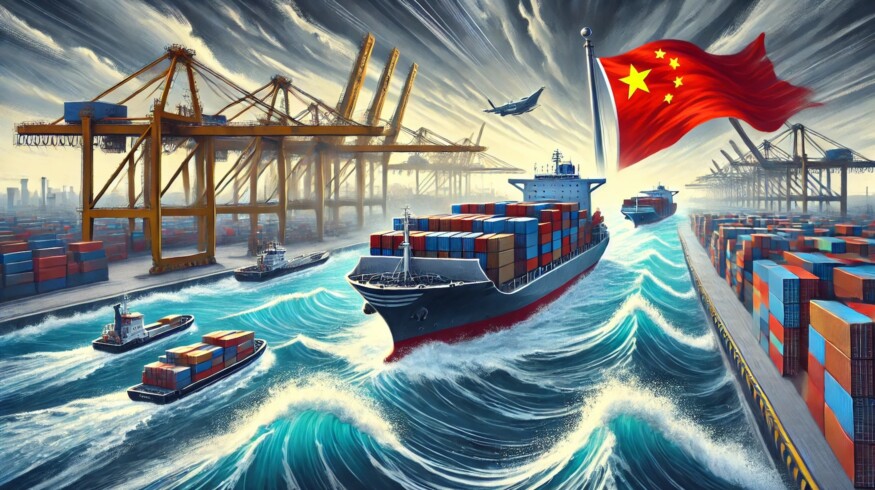Friday’s Insider: The Butterfly Effect

On Friday, 21 February 2025, the US Trade Representative (USTR) announced proposals to impose substantial ‘service fees’ on ships and ‘operators’ with Chinese connections — whether through Chinese ownership or because the vessels were built in Chinese yards.
The proposals are broadly as follows:
- For Chinese-owned operators:
- A service fee on each vessel of up to USD 1 million, or USD 1,000 per net tonne of the vessel’s capacity, for each and every US port call made.
- For operators that are not Chinese-owned but have Chinese-built vessels in their fleets:
- A service fee of up to USD 1.5 million for each and every US port call made, depending on the overall percentage of that operator’s fleet built in Chinese yards.
- The service fee would be charged regardless of whether the calling vessel is Chinese-built or not.
- The proposal also targets future new-builds, as operators with more than 50% of their orders in Chinese shipyards will be charged an additional USD 1 million per vessel for each and every US port call made.
Yesterday, Russian granular urea was sold to Brazil at $360–365 per metric tonne CFR — a significant discount from $440 per metric tonne last week and $420–430 per metric tonne two weeks ago.
Now, I know the name of the vessel, but I do not want to jeopardize a trading entity involved. However, it looks like this Chinese-built vessel was initially headed to the US. And it may not be the last one.
Let’s consider the consequences. Brazilian buyers are definitely potential winners, as traders have to divert their cargo rather than pay heavy service fees in US ports. It also seems to me that when the US enters its active purchase phase, it may be missing 150,000-200,000 metric tonnes of urea diverted due to this decision by the U.S. government. Whether this shortfall can be easily restored will also depend on a potential Indian tender and its price level.
Last but not least, Chinese-built/operated vessels will have to reallocate from the US coast either to Brazil (shipping agricultural commodities back to China, thus traveling to the Pacific) or by dropping some rates to find more employment in the Atlantic.
What else has happened? Political turmoil in Turkey and local lira depreciation—about as bad as it gets for suppliers in the Black Sea and the freshly restarted Iranian factories. The Turkish lira continues to slide, making imports costlier and squeezing domestic demand. Suppliers counting on Turkey as a key buyer are suddenly facing delayed payments, renegotiations, or outright cancellations. Political uncertainty only adds to the volatility, as businesses adopt a wait-and-see approach amid shifting regulations and inconsistent policymaking.
For Iranian producers, just getting back online after months of downtime, the timing couldn’t be worse. With Turkey being one of their nearest and most important outlets, the currency pressure effectively chokes off a major trade corridor. On top of that, Black Sea players are already grappling with logistical headaches and tighter margins, making every lost sale more painful. The regional instability is beginning to ripple outward, affecting sentiment across nearby markets and stalling what was supposed to be a solid Q2 recovery.
————
About the Author of “Friday’s Insider”: Ilya Motorygin is the co-founder of GG-Trading and brings 30 years of experience to the fertilizer industry. Renowned for his comprehensive problem-solving skills, Ilya expertly manages deals from inception to completion, overseeing aspects such as financing, supply chains, and logistics.
Enjoyed this story?
Every Monday, our subscribers get their hands on a digest of the most trending agriculture news. You can join them too!












Discussion0 comments